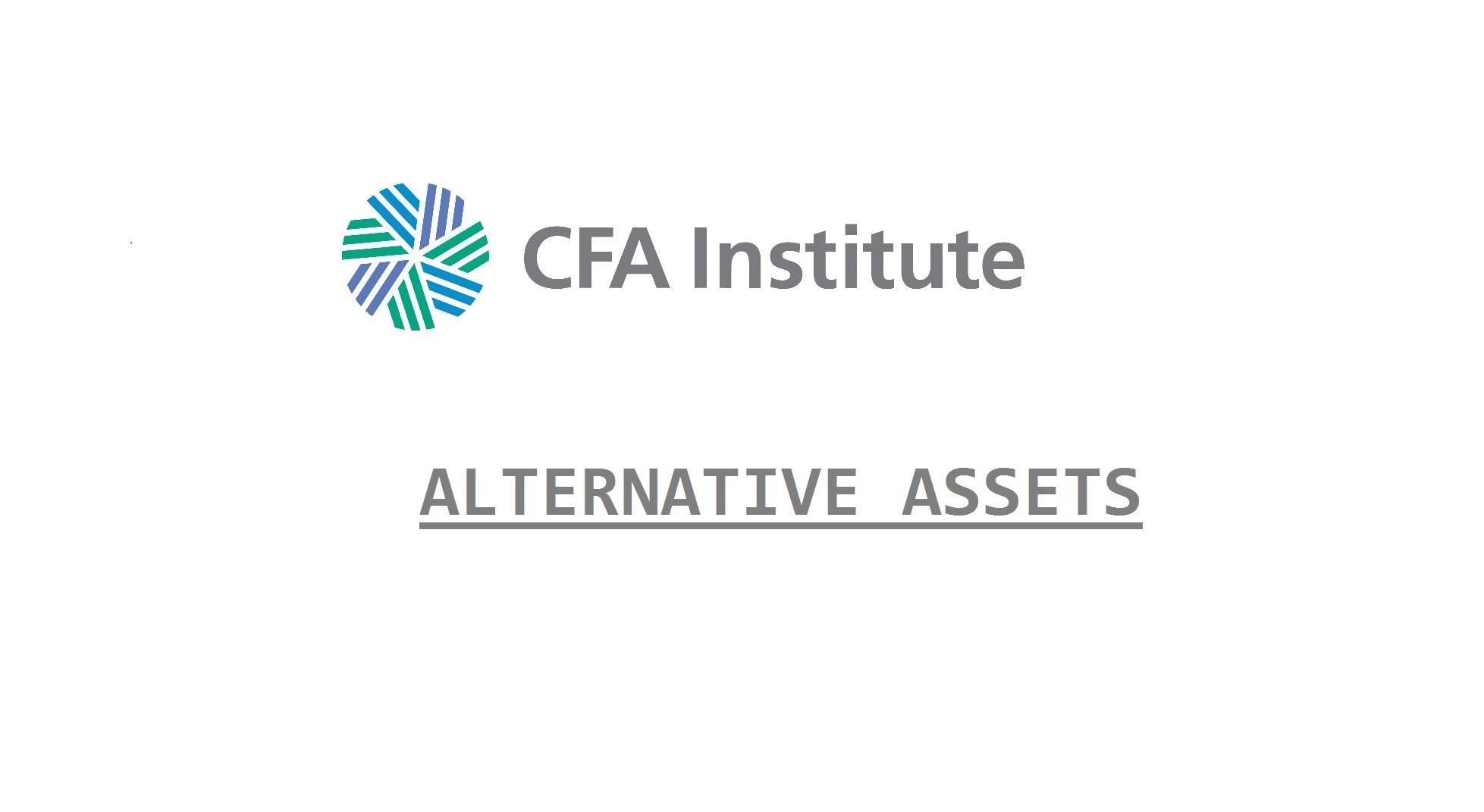When a 20% allocation to hedge funds is added to a traditional 60% stock/40% bond investment portfolio, the resulting allocation is 48% stock, 32% bond, and 20% hedge fund.
When we add a 20% allocation to most hedge fund strategies to a traditional portfolio, the general result is the following:
- Total portfolio standard deviation decreases.
- Sharpe ratio increases.
- Sortino ratio increases.
- Maximum drawdown decreases in approximately one-third of portfolios.
The Sharpe ratio is one risk-adjusted measure of performance. The risk measure used to calculate the Sharpe ratio is standard deviation, so both downside and upside standard deviation result in a lower Sharpe ratio.
The Sortino ratio is a similar risk-adjusted measure of performance; however, only downside deviations are considered to reflect risk. Risk is measured as variability below a predefined level of return.
When 20% allocations to various hedge fund strategies are added to the traditional stock/bond portfolio, notably high Sharpe ratios are also achieved from allocations to these strategies:
- Systematic futures hedge funds.
- Distressed securities.
- Fixed-income arbitrage.
- Global macro.
- Equity market neutral.
The highest Sortino ratios were attained via allocations to the following hedge fund strategies:
- Equity market neutral.
- Systematic futures.
- L/S equity.
- Event driven.
Allocations to the following strategies was found to be effective in generating superior risk-adjusted performance, based on the comparatively higher Sharpe and Sortino ratios:
- Systematic futures.
- Equity market neutral.
- Global macro.
- Event-driven hedge fund strategies.
On the other hand, it was observed that the following fund strategies do not significantly enhance risk-adjusted performance:
- Fund-of-funds.
- Multi-strategy.
Risk Metrics
One key reason for investors to allocate a portion of their portfolio to hedge fund strategies is to reduce risk.
The following strategies resulted in the lowest standard deviations of returns for the overall portfolio:
- Dedicated short-biased.
- Bear market neutral.
These funds also produced notably low standard deviations:
- Systematic futures.
- FoF: macro/systematic.
- Equity market neutral.
The risk-reduction ability of these strategies has been found to be substantial. They are also some of the strategies that most improve risk-adjusted returns.
Funds that were found to have little positive impact on reducing standard deviations of the overall portfolio include:
- Event-driven: distressed securities.
- Relative value: convertible arbitrage.
Drawdown is defined as the peak-to-trough decline for a portfolio, generally quoted as the percentage drop between a peak and the subsequent trough. The high-water mark refers to the maximum value the portfolio has ever reached.
The hedge fund strategies that produced the smallest maximum drawdowns are various opportunistic strategies:
- Global macro.
- Systematic futures.
- Merger arbitrage.
- Equity market neutral.
Use of the conditional risk model can show that these strategies perform relatively well during periods of market crisis because they have minimal exposure to credit risk or equity. Furthermore, these strategies benefit from their liquid nature. These properties make opportunistic strategies useful diversifiers for traditional assets.
These strategies did little to mitigate the traditional portfolio’s maximum drawdown:
- L/S equity.
- Event-driven: distressed securities.
- Relative value: convertible arbitrage.
Using the conditional risk model, we can demonstrate that these particular strategies have significant exposure to equity risk, and furthermore during crisis periods they have significant exposure to credit risk as well.
